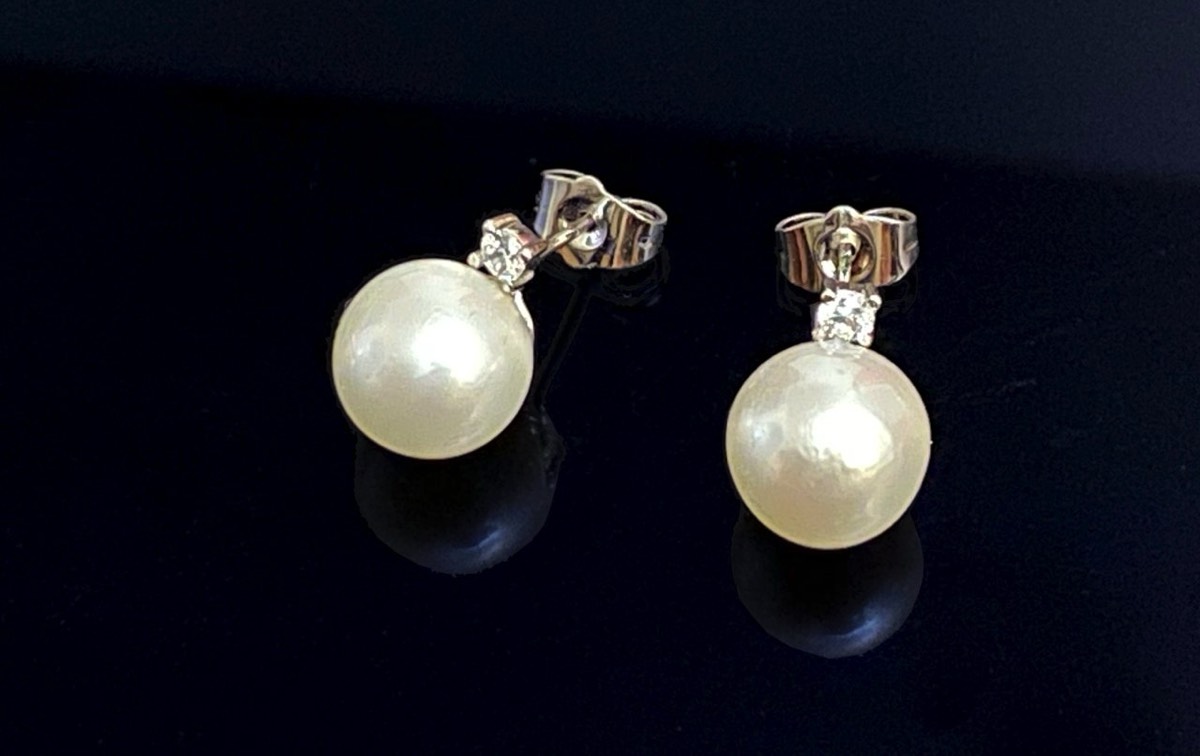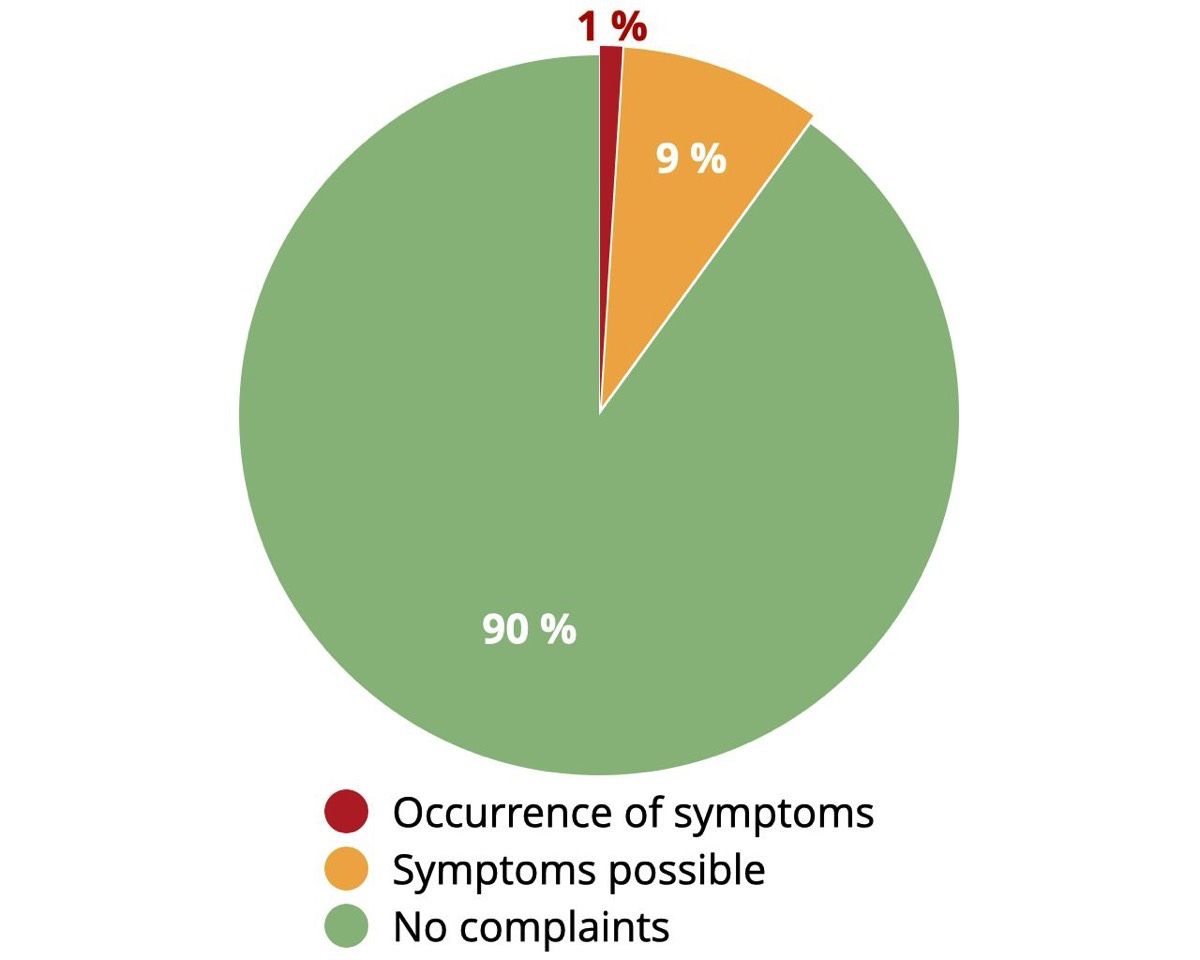Nickel allergy and low nickel diet
Nickel is a heavy metal that can be found all over the world in the soil or in the water. Approximately 10 % of all adults have a sensitivity to nickel and react with allergic contact dermatitis or digestive symptoms after exposure. Women are affected up to 14 times more often than men. In everyday life, we come in contact with nickel regularly – it can be found in jewelry, cosmetics, metal items, household chemicals, clothing accessories, in nickelous dusts in the workplace and in our food.

The sensitization may, for example, be caused by the piercing of earlobes. During the healing period nickel from the stud may enter the body and may be recognized as a dangerous foreign substance by the immune system. Earrings are significantly more common among women which may be an explanation for the high discrepancy in numbers between the two sexes. In recent years, however, allergy rates have been on the rise in men, too. This can probably be attributed to the increasing popularity of piercings.
What about foods high in nickel content?
To date, the impact of the diet for allergy sufferers is still mostly unclear. All plants and animals absorb this trace element from the water or the soil. Therefore, nickel can be found in basically every food. Depending on the local chemical composition of the soil, the nickel content can vary greatly. This is precisely what makes it so hard to measure the impact of dietary nickel uptake. It is simply not possible to give reliable information about the nickel content – even identical foods may differ significantly in nickel content. The values vary depending on the region – and to make it even more difficult depending on the time of the year. It is practically impossible to determine the exact amount of ingested nickel and conduct conclusive studies. As far as is known high doses of 1000 μg and above have a toxic effect, but the daily amount in our diet is substantially lower. It is estimated to be around 200 μg.
Even when the nickel content is known, it is still unclear what proportion is absorbed by the body. Depending on the food matrix in which the mineral is embedded the absorption rates may vary a lot. To give one example: cocoa contains high concentrations of nickel, yet only 50 % of it are actually bioavailable, the rest is excreted. For the majority of foods the bioavailability of nickel is unknown, because it can only be determined in elaborate experiments. As you can see there are a lot of uncertainties about the effect of a low nickel diet.
At least some studies indicate that a low nickel diet can reduce the number and the intensity of allergic flare ups. There is reason to believe that about 1 % of the nickel allergics may react to even the small amounts in the daily diet. 10 % may develop symptoms following a nickel intake that is above average. For the overwhelming majority, however, diet does not seem to play any role at all (see figure 1). Therefore, you should abstain from following a low nickel diet without consulting a specialized physician first, because there are simply too many uncertainties and restrictions.
Even when the nickel content is known, it is still unclear what proportion is absorbed by the body. Depending on the food matrix in which the mineral is embedded the absorption rates may vary a lot. To give one example: cocoa contains high concentrations of nickel, yet only 50 % of it are actually bioavailable, the rest is excreted. For the majority of foods the bioavailability of nickel is unknown, because it can only be determined in elaborate experiments. As you can see there are a lot of uncertainties about the effect of a low nickel diet.
At least some studies indicate that a low nickel diet can reduce the number and the intensity of allergic flare ups. There is reason to believe that about 1 % of the nickel allergics may react to even the small amounts in the daily diet. 10 % may develop symptoms following a nickel intake that is above average. For the overwhelming majority, however, diet does not seem to play any role at all (see figure 1). Therefore, you should abstain from following a low nickel diet without consulting a specialized physician first, because there are simply too many uncertainties and restrictions.

▲ Figure 1: Only a small fraction of nickel allergics reacts to dietary nickel.
Low nickel diet
Because of the above-mentioned points dietary recommendations can vary significantly from another. As long as the availability of reliable data remains poor, it is very difficult to give scientifically backed recommendations. Most advice is based on the quantitative nickel values. One should be aware of the fact that it should only be seen as a rough guideline.
The primary goal of a low nickel diet is the management of allergic symptoms. Usually, the duration of the therapeutic intervention is two months. After this period it should be assessed whether there is any visible improvement. Some studies recommend to follow the low nickel diet for at least six months.
Back to overview
The primary goal of a low nickel diet is the management of allergic symptoms. Usually, the duration of the therapeutic intervention is two months. After this period it should be assessed whether there is any visible improvement. Some studies recommend to follow the low nickel diet for at least six months.
Back to overview
References:
S. Pizzutelli, Systemic nickel hypersensitivity and diet: myth or reality?, Eur Ann Allergy Clin Immunol. 43 (1), 2011, 5–18
C. Cabrera-Vique et al., Nickel levels in convenience and fast foods: In vitro study of the dialyzable fraction, Science of the Total Environment 409 (2011), 1584–1588
A. Bartos et al., Uptake and assimilability of nickel in the course of systemic allergy: Implications for elimination diet, Food Research International 55 (2014), 412–417
S. Pizzutelli, Systemic nickel hypersensitivity and diet: myth or reality?, Eur Ann Allergy Clin Immunol. 43 (1), 2011, 5–18
C. Cabrera-Vique et al., Nickel levels in convenience and fast foods: In vitro study of the dialyzable fraction, Science of the Total Environment 409 (2011), 1584–1588
A. Bartos et al., Uptake and assimilability of nickel in the course of systemic allergy: Implications for elimination diet, Food Research International 55 (2014), 412–417

